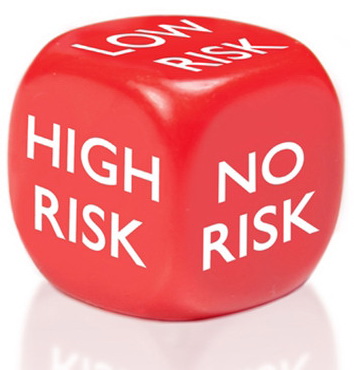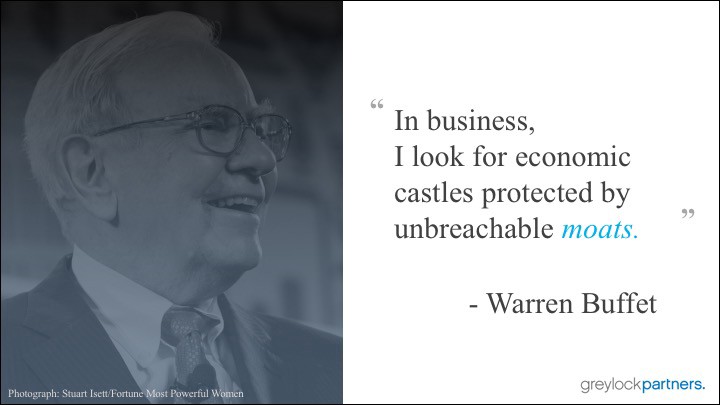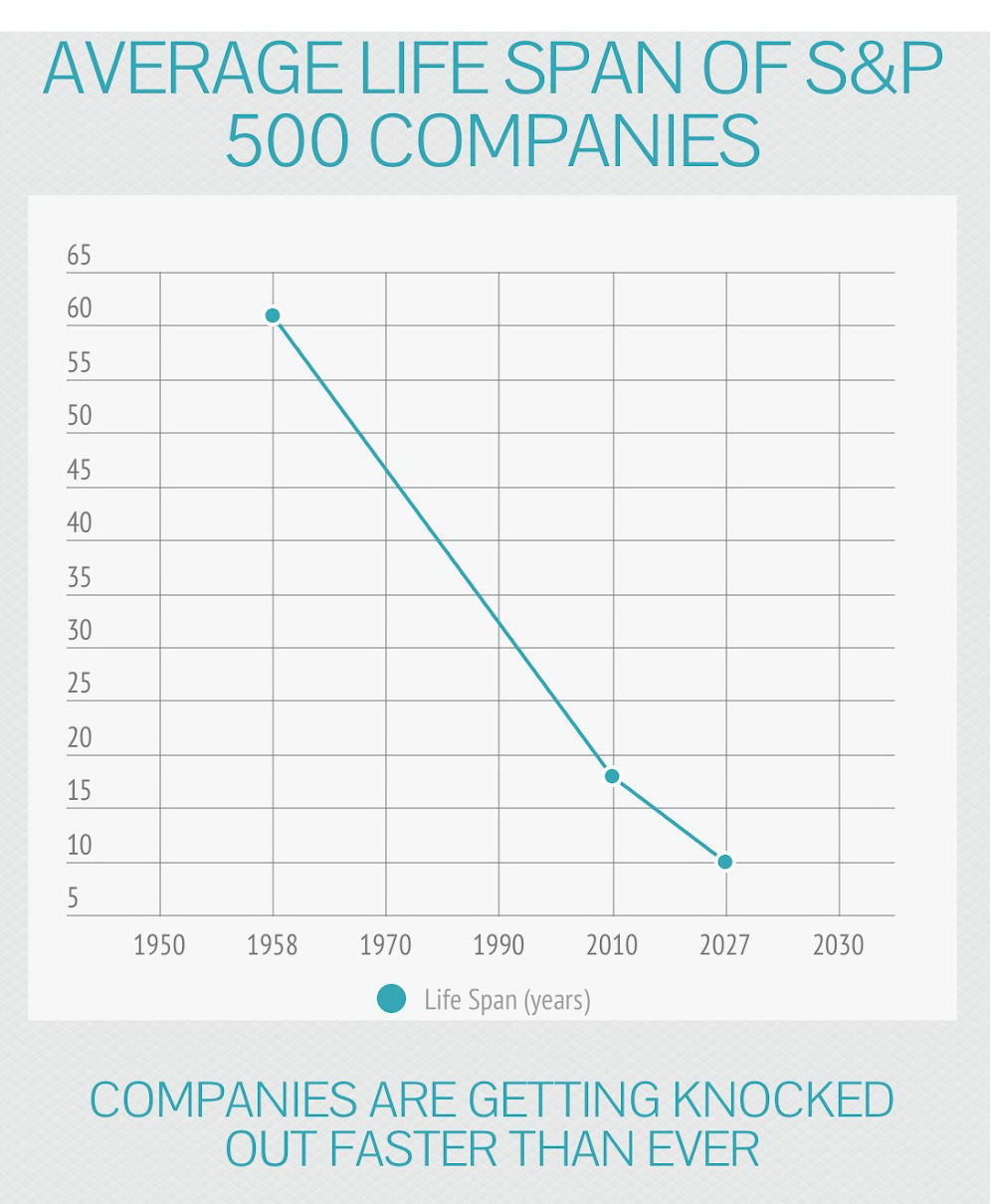Fragility is inherent in all high performing systems and in most Companies and Corporations. By its very nature, a Business tries to exploit, to the maximum, every perceived opportunity. This means that most Companies and Corporations are overextended by necessity in their pursuit of opportunity exploitation.
Every opportunity is a risky undertaking to (an incalculable) a degree. Risk can be qualified but not quantified, only estimated. Volatility by its very nature is not foreseeable. Exposition to risk creates fragility.

The expression calculated risk only means that it is understood that an enterprise is open to risk, which is estimated to be smaller vs the benefit of a certain undertaking.
Unfortunately, this is only confirmed ex post facto.
Hence, the fragility of any enterprise is a permanent factor that has to be taken into account at every step and every venture that an enterprise undertakes.
There are two options to reduce the fragility risk of an enterprise:
- The first is to make the enterprise Robust &
- The second is to make the enterprise Agile.
The two are not mutually exclusive but as both demand Company resources a choice should be made.
Essentially robustness is quantitative in nature, while agility is a qualitative one.
To make something robust, additional human and/or material resources must be assigned to it. Robustness is a case for redundancy. For instance, additional armor makes a ship, tank or plane more robust but at the same time it increases the deadweight that this object has to carry in its life cycle, reducing its speed and maneuverability while increasing its operational cost.
It is the same in a human Organization. Increasing the backup, in terms of employees and/or systems, reduces dependency on specific individuals but increases the operational cost for the Organization.
A clear example is the post war organizational structure of the Robust East Coast U.S. Corporations versus their Silicon Valley Agile challengers.
In particular, the Great Names of Post WW2 Corporations were mostly based on the East Coast.
U.S. Corporations, based on the East Coast, adopted an “aristocratic” social approach to organization, although they would call it a merit system. This was particularly assisted by the fractionalized shareholding of the Company.
So, we had the King – CEO, the Dukes of the C-suite, the various Presidents as Lords and so on with protocol, procedures, space, services, servility and furniture to match, all the way down to the serfs, doing maintenance and cleaning.
Luxury was the measure of executive status.
In contrast, the Silicon Valley upstarts chose Agility instead of Robustness.
Silicon Valley Companies, had an equally or stricter operating structure, results oriented, ensuring rapid growth, but they did not adopt a social structure or social hierarchy.
Each one would drive his/her own car and park on first come, first served basis, all the

offices were functional boards in open spaces while lunch was a sandwich eaten in the office.
Their impressive results were not only attributed to Agility. Success, was mainly due to very talented individuals abandoning the ordained Robust Corporations of the East, where seven or more signatures were required to replace a photo-copying machine. These individuals chose the “anarchic” Silicon Valley spaces in ex-warehouses, where they could themselves procure directly what they needed, to transform their concepts into products.
Further to the material or organizational choices between Robust and Agile Corporations, it should be noted that this is applicable also on the intangibles.
For instance, robustness can be found in the name of a Corporation. Independently of the vicissitudes of its business worth over time, the name Ford gives robustness to a Corporation. Great names create their own self-sustaining story and are a great robustness asset. The trap is the self-satisfaction and self-admiration, developed inside a great robust Corporation.
Westinghouse was a great robust name. Toshiba was charmed by all that the name implicated. Until the Black Swan appeared. Same went for Kodak and other blue-chip Corporations.
Another example is General Motors. By rationalizing and introducing the concept of divisions and many other, advanced for the times techniques, Alfred Sloan gave it enough agility to grow to the top. By keeping to his business model, his successors run the Corporation to the ground.
The differences between robustness and agility in an enterprise were recently highlighted by the debate between Warren Buffett and Elon Musk.
Buffet argues for the need of “moats” in an enterprise, essentially robustness, while Musk prefers the “speed of innovation”, essentially agility.
Guerilla warfare has most times been proved superior to fortress building but, once the guerillas become a State, the State does need some “moats”.
Big Robust Corporations have difficulty in staying agile. They can however, by institutionalizing Business Model Innovation, stay ahead of disruption challenges.
In our times robustness can be demolished in only a few years. It is evident in the many collapses of great business institutions.
The following diagram shows the average age of a company listed on the S&P 500 has fallen dramatically and continues to fall.
The disrupting challenges destroy Corporations faster than their ruling elite can perceive their destructive capacity.
Disruption has been always present, but the speed, multiplicity, complexity and the global nature of it, is now unprecedented.
It is obvious that Agility is a prerequisite for a Corporation in order to survive. A lot of attention is correctly dedicated to emerging technologies, ensuring agility. Yet, not enough attention is given to the primary factors which define Corporate Agility i.e. the operating Business Model and the Management Structure.
Expecting that new technologies will correct the current operating Business Model or Management Structure deficiencies, is unrealistic.
The main parameters which define Corporate Agility are:
- Ability to redefine Strategy through external and internal analysis,
- Acceleration of the internal decision making, based on the most accurate possible but incomplete, always, information.
- Speed and accuracy of execution through reduced Management levels,
- Systematic reappraisal of procedures, structures and systems. Rethinking of roles, responsibilities and relationships inside and outside the organization.
In his excellent book, Nimble, the author, Baba Prasad, points out that agility should not be measured with speed of reaction only but rather effective speed of reaction.
It must be understood that the more agile is the system, the more unstable it is. Stability of an agile system depends on the ability of the system, to react faster than the perturbations that tend to destabilize it.
In a Corporation, this is found in the ability of the whole Corporation to anticipate and react dynamically to the, continuously perturbing, emerging challenges.
If in the past, the change from Robust to Agile was selected by choice, today it is required by need.

